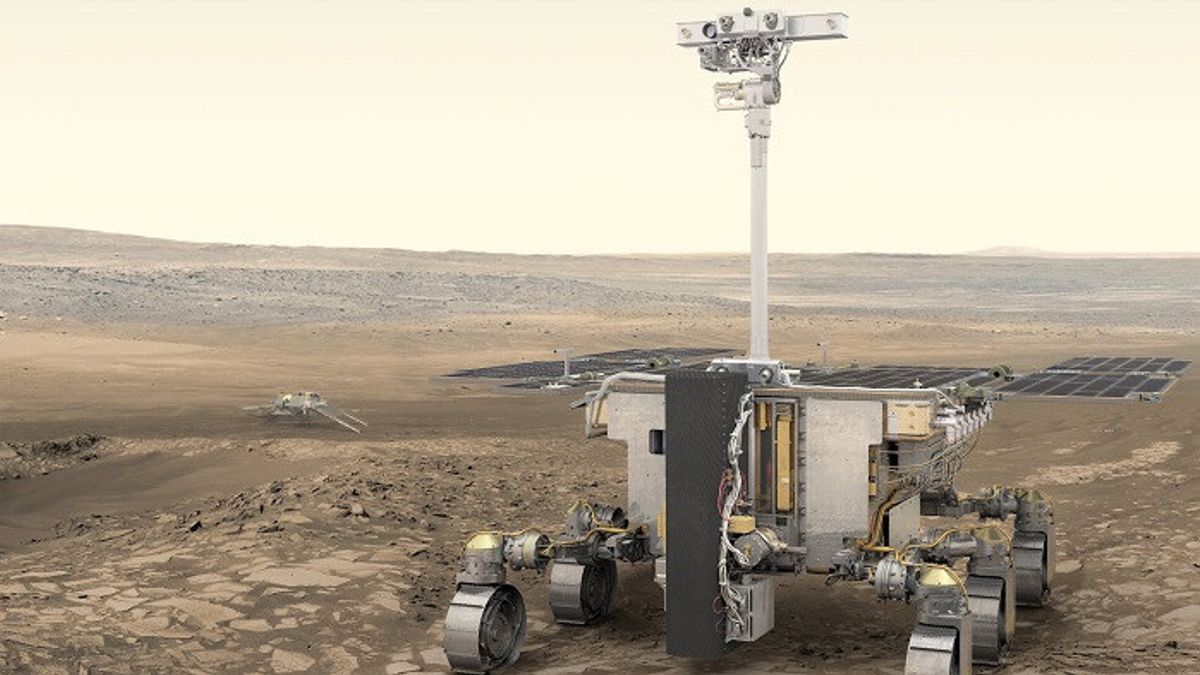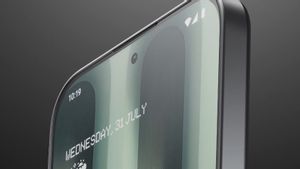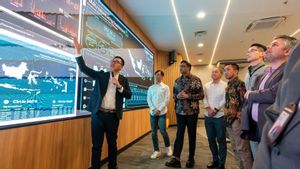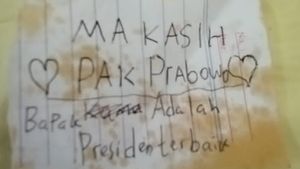JAKARTA - Prior to the Ukrainian invasion, the European Space Agency (ESA) worked together to send explorers to Mars on the ExoMars Blind Franklin Mission with the Russian Space Agency (Roscosmos), but the project was eventually suspended. Now, ESA plans to run its own.
The ESA, along with international and industrial partners, re-established the mission with new European elements, including new landers, and a 2028 target for travel and arriving at Mars by 2030 without Russian involvement.
"The arrival time on Mars is important, because we need to ensure at least six months of operation before the start of the fall of the northern hemisphere of Mars and winter when the atmosphere is generally dustyer, and when global dust storms Mars may occur," ESA said on its official website, quoted Monday, March 20.
"In this case, we can expect the first data from the rover to come to the Rover Operations Control Center in Turin, Italy, in October 2030 as soon as landing."
However, the ESA estimates it will take at least three to four years to build a new European lander that will take Virgin Franklin to Mars, and is actually almost ready for a long time.
"The team has started maintenance and repair programs for existing flight hardware, but there will be a need for multiple adaptations and design improvements to address new launch interfaces and new mission conditions," the ESA said.
Initially,lind Franklin was scheduled to launch with the Roscosmos lander in 2020 but was postponed due to the COVID-19 pandemic, then the planned launch in 2022 had to be delayed again due to the Ukrainian invasion.
Now scientists are continuing to test the rover along with his twin, Amalia, who recently conducted a drilling test at a simulation of the Mars Aerospace Logistics Technology Engineering Company (ALTEC) environment.
Upon arrival on Mars,lind Franklin will land in the Oxia Planum region, one of the areas exposed to the largest clay-rich rock on Mars.
Oxia Planum is an area of 200 km that contains a clay of about 3.8 billion years old. Scientists think Mars once harbored surface water and may have been habitable at the time, called the Hesperian Period.
Rosalind Franklin's rover will collect samples like NASA's Perseverance rover can do in the region.
But the Perseverance sample comes from the surface, the ESA rover drill can penetrate up to a depth of two meters to obtain samples. At that depth, it is claimed that ESA may have well-preserved material from the past for the life of Mars supporters.
The sample will not be sent directly to Earth for analysis, where analytic Laboratory Laci (ALD) explorer containing a set of instruments will first study the sample.
The ALD contains three instruments, an infrared spectrometer called the MicrOmega Instrument, Raman spectrometer, and the Mars Organics Molecular Analyticzer (MOMA), which is a combination of NASA's gas chromatography and Laser Desorption Mass Spectrometer.
Meanwhile, ancient rock in Oxia Planum is also thought to hold evidence of ancient life, possibly buried beneath the surface. The MOMA instrument will play an important role in the search for evidence of life. Its job is to detect and identify organic material in a boron sample.
If found, it will be complementary to determine whether organic matter is biotic or abiotic. By heating it to produce vapor, or it could use a strong UV laser pulse to induce rapid desorption into the gas phase. Once probed, the sample can be studied spectroscopically.
Detection of organics on Mars is not an easy task. Dust and interplanetary meteorites may have sent large numbers of abiotic organic molecules to Mars. Characterizing the background of this organic material is part of the rover's task.
But MOMA and other instruments can only work iflind Franklin's training works. That's why ESA tested the drill thoroughly before the mission was launched. And the reason why they created a twin rover called Amalia.
The English, Chinese, Japanese, Arabic, and French versions are automatically generated by the AI. So there may still be inaccuracies in translating, please always see Indonesian as our main language. (system supported by DigitalSiber.id)













